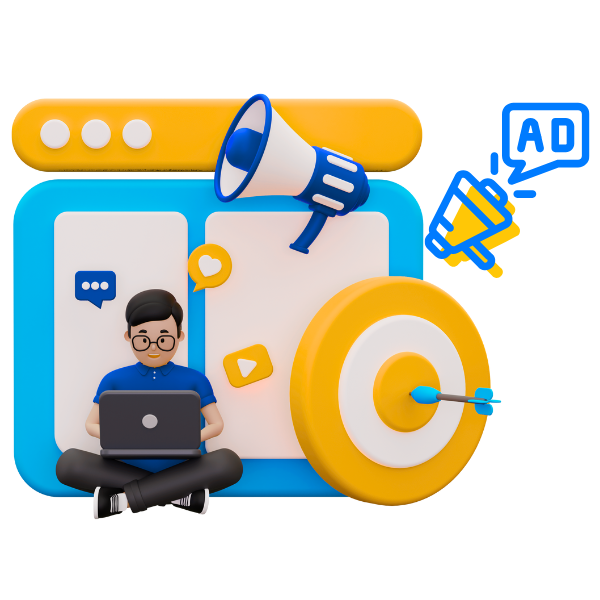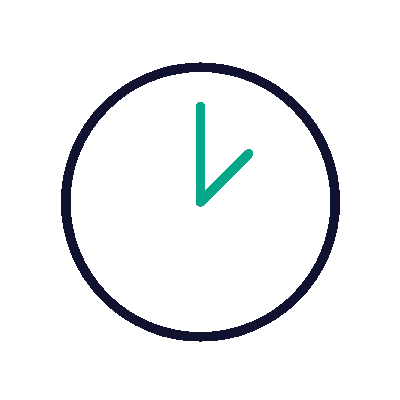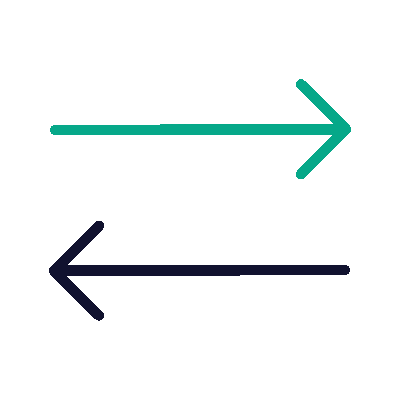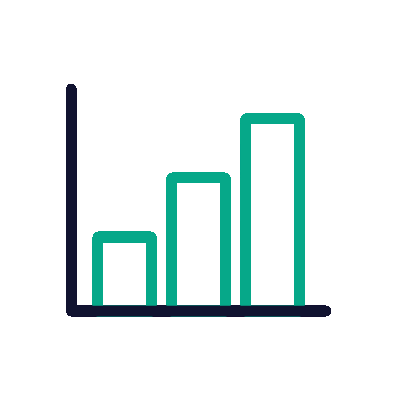Welcome to Zigyapan – where advertisers and publishers connect seamlessly. Boost your business with our innovative ad solutions tailored for success.






Our team is available Monday to Saturday from 10 AM to 6 PM to assist ...

We are a certified company conducting all operations legally, ensuring...

We work to make your business more profitable. Our services help maxim...

You can rely on us. We provide quality and timely services, ensuring y...

We offer a quick withdrawal facility for your advertising revenue, so ...

Our company is fully certified and legal. We conduct all operations wi...
At Zigyapan, we connect over 500+ news portal publishers, 200+ bloggers, and 100+ other publishers with more than 1000 advertisers. Our primary focus is to bring local ads to online platforms and help local publishers secure advertisements.
Direct Monetization for Publishers: Publishers can monetize their platforms directly through Zigyapan without the hassle of searching for advertisers.
Extensive Advertiser Base: Benefit from our vast network of over 1000 advertisers looking for effective ad placements.
Advanced Tracking Features: Advertisers can easily track their campaigns and monitor performance in real-time.
Comprehensive Publisher Network: Collaborate with a diverse range of publishers including news portals, bloggers, and more.


Our Client

Our platform provides advanced targeting options, including demographics, interests, location, and behavior. These features help you ensure your ads are shown to the most relevant audience.
Yes, you can run PPC and CPM campaigns concurrently, leveraging the strengths of both models to achieve different marketing objectives.
CPM advertising charges advertisers for every 1,000 impressions their ad receives, regardless of whether users click on it or not. It is particularly useful for brand awareness campaigns and reaching a broad audience.
PPC offers instant visibility for your business, targeted reach, and complete control over your budget. It allows you to measure the effectiveness of your ads in real-time and make data-driven optimizations.
In PPC advertising, advertisers bid on keywords relevant to their target audience. When users search for those keywords, the ad is displayed. Advertisers only pay when someone clicks on their ad, directing them to their website or landing page.
PPC (Pay-Per-Click) and CPM (Cost-Per-Mille) are two popular online advertising models. PPC involves advertisers paying for each click their ad receives, while CPM requires advertisers to pay for every 1,000 ad impressions.